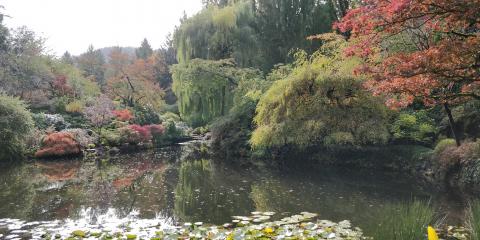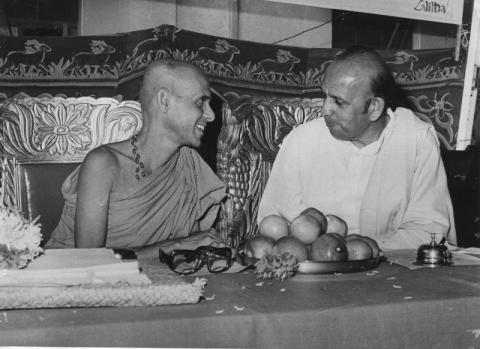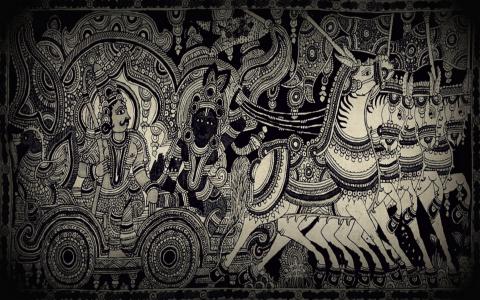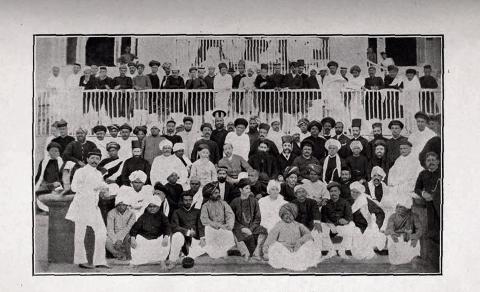June 2021

At his residence, Yaugandharāyaṇa invited a brahma-rākṣasa by name Yogeśvara. He instructed him, ‘Keep an eye on the activities of Kaliṅgasenā. Vidyādharas also usually have an eye on her. If you see her in the company of a siddha or a vidyādhara, it is good for us!’ The brahma-rākṣasa asked, ‘Why shouldn’t I abuse her or kill her?’ The minister replied, ‘That is great adharma; if we work such that dharma is not violated, that will in itself...

Studies and Teaching
Ramachandra Rao’s father taught him Sanskrit grammar and also works of poetry such as the Raghuvaṃśa of Kālidāsa. He learnt the recitation of the Vedas from Keshavashiva Ghanapāṭhī. Following this, he undertook a detailed study of Tarka-śāstra and Vedānta-śāstra under the tutelage of Yajna Vithalacharya and Palghat Narayana Shastri – both in the traditional style. Even before that he had learnt different āgamas under the...

Terminology
[Continued]
7. Kāla-Deśa – See Deśa-Kāla.
8. Deśa-Kāla (Space-time) – The ideas of size and duration that emerge in our minds through the experience of various objects and actions. Both deśa and kāla are expressions of the existence of the world. The world is an aggregate of things and actions. The word deśa (or dik - direction) indicates the shape and size of objects in the world and their mutual relationships. The word kāla...

DVG’s assessment of the social milieu in South India before the fourteenth century ce requires mention:
The atmosphere was then one of unsophisticated faith. No alien civilization had invaded the land to disturb the old social order. No new economic developments had come about to unsettle the people’s adherence to traditional modes and ideals of living. Even Buddhism had attacked only dogma and ritual, and not the ethical and social sides of...
- « first
- ‹ previous
- 1
- 2
- 3

